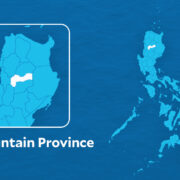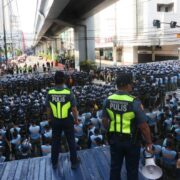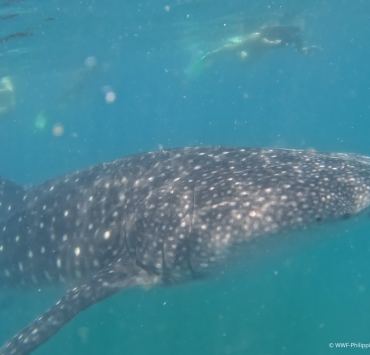Growing Cordillera economy seen to boost autonomy bid

BAGUIO CITY—Described as the fourth fastest growing regional economy, the Cordillera’s improved performance last year should convince President Marcos and Congress that the region is prepared for autonomy, its governors and mayors said during the State of the Region Address (Sora) on Wednesday.
With a 2023 gross regional domestic product of 6.9 percent, the Cordillera has sufficient momentum for growth as an autonomous government, according to Apayao Gov. Elias Bulut Jr.
He said the region’s economic growth was also backed by an improved employment rate of 96.7 percent last year from 96.3 percent in 2022, a declining poverty incidence of 9.4 percent in the first semester of 2023 from 12.1 percent in 2021, and a sustainable renewable energy program that can harness 7,548.94 megawatts of potential energy.
Bulut chairs the Regional Development Council (RDC), and delivered the Sora alongside Kalinga Gov. James Edduba, Ifugao Gov. Jerry Dalipog and Baguio City Mayor Benjamin Magalong.

“Our unwavering commitment to autonomy as enshrined in the 1987 Constitution will persist, and we remain steadfast and tireless in this pursuit,” Bulut said.
Good governance
According to Magalong, good governance played a key role in the progress made by the region, which demonstrates how much “we are ready for autonomy.”
“Hindi pwedeng manahimik na lang tayo (We can no longer keep quiet about our crusade and our successes),” he said.
Recent mock plebiscites conducted in Cordillera towns and provinces showed that 83 percent of the participants would vote “yes” in a third autonomy plebiscite, said former mayor Edna Tabanda of La Trinidad, Benguet, who is the RDC co-chairperson.
Section 15, Article 10 of the 1987 Constitution directs the establishment of autonomous regions for the Cordillera and Muslim Mindanao which “share common and distinctive historical and cultural heritage, economic and social structures.”

Unlike Mindanao which currently has the Bangsamoro Autonomous Region in Muslim Mindanao (BARMM), the Cordillera failed to muster support for two laws that form the autonomous region of the Cordillera in the 1990 and 1998 plebiscites.
Attempts
The region’s lawmakers have made several attempts to pass a third law, including the latest House Bill (HB) No. 3627, but have yet to convince Malacañang to elevate it to a priority bill.
HB 3627 is being reviewed by the RDC and by the regions representatives after the Cabinet’s financial experts in April said the government, for the moment, would not be able to shoulder the proposed 10-year P75 billion grant subsidy to operate the autonomous region.
The Cordillera Administrative Region was formed on July 15, 1987 through Executive Order No. 220, shortly after the 1986 People Power revolt, by gathering the provinces of Ifugao, Apayao, Benguet, Abra, Kalinga and Mountain Province and parts of the Ilocos and Cagayan Valley regions. These areas used to form the Mountain Provinces in the early 1900s.
These provinces were also among the least served in the country because of the terrain. But as of 2023, 95 percent of national roads in every province of the Cordillera have been paved, the governors said. Last year, the government spent P97.7 billion on upland infrastructure, employing 78,000 workers.
Electronics and semiconductor exports at the Baguio City Economic Zone (which surged by 17 percent) and tourists (which grew by 31.1 percent from 1.28 million foreign and domestic visitors in 2022 to 1.68 million in 2024) helped keep the region’s economy afloat, said Edduba.
However, Cordillera agriculture continued to struggle with a negative 1.3 percent growth in 2023, from its negative 2.1 percent economic contraction in 2022, largely due to extreme weather, a workforce of aging farmers, and reduced farming areas, said Dalipog.
But sectors that grow vegetables remain profit centers for the food industry. Small community farms also kept food on the tables of most households in the region.

















